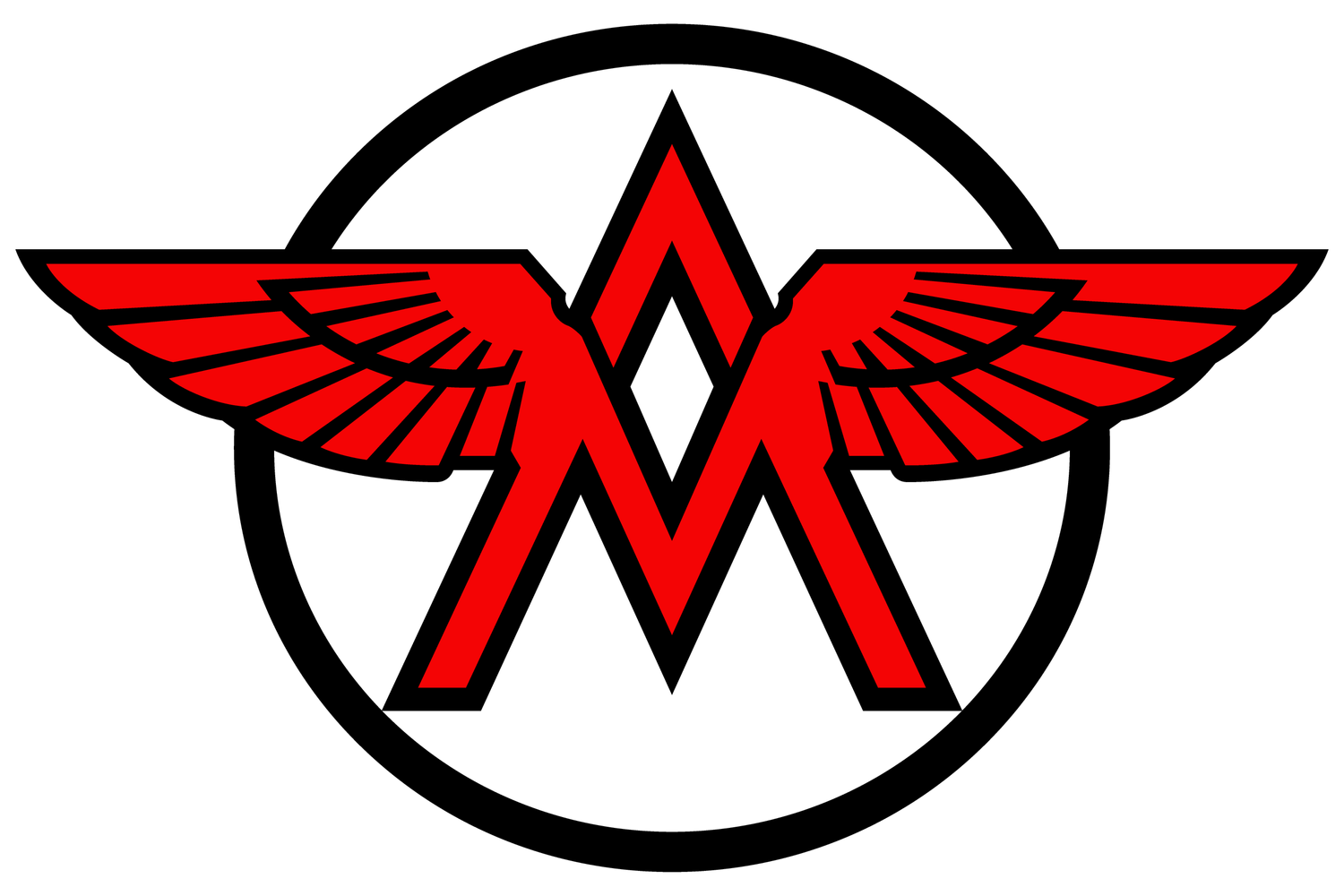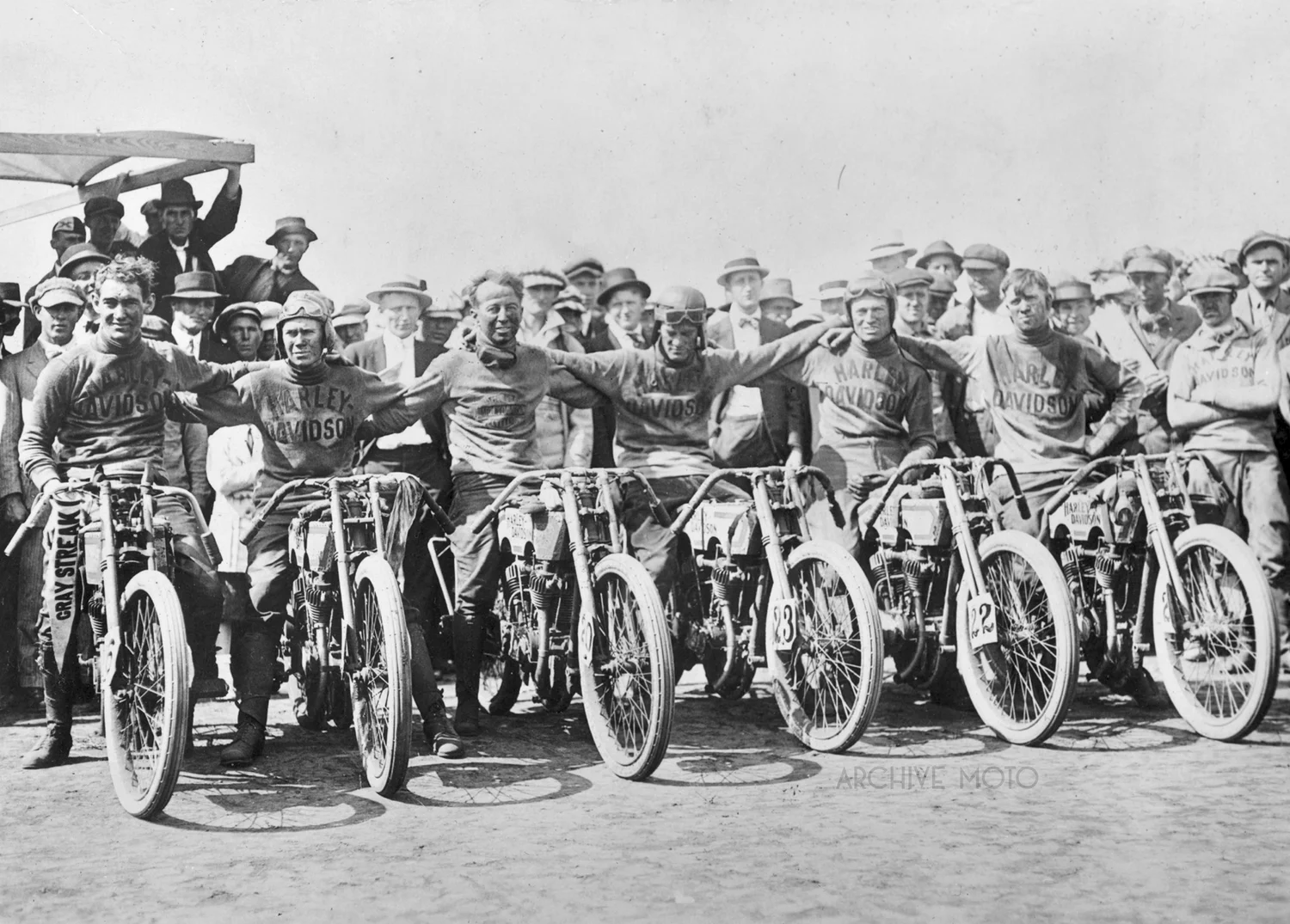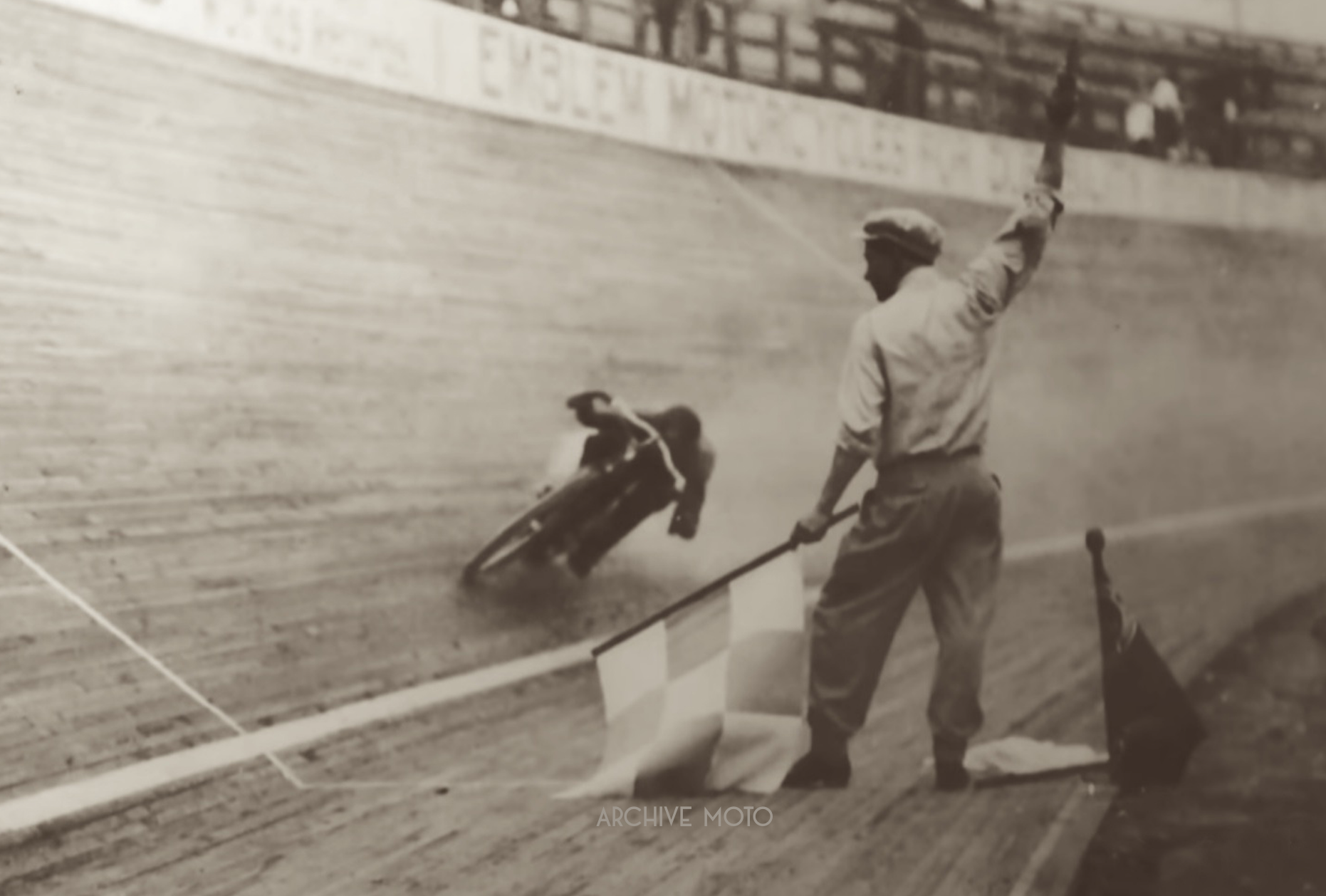As we dive into the culture and history of American motorcycling we talk a lot about pioneers, innovation, and heritage. Harley-Davidson was by no means the first, but they found a way to persist throughout the decades and have become synonymous with American motorcycle culture as a result. Indian, arguably the first significant and successful brand in the country dominated both the showroom and the track at the turn of the century, but the prestigious brand disappeared for the better part of the last 60 years. Though the marquee has returned with a mountain of momentum their absence from the overall culture for the last half-century is significant. Excelsior, a latecomer, and early-goer gave the mighty Indian one of the best runs for their money in the early days, but the company never made it out of the Great Depression. Many of the first manufacturers were offshoots or expansions from existing companies within the booming bicycle industry of the late 1800’s. Still, brands like Flying-Merkel, Thor, Reading-Standard, Wagner, and Henderson were among the most successful early manufacturers of motorcycles, some of which grew out of the bicycle industry, but most saw their rise and fall occur all before the first World War. However...
There is an ancient greek tale of a god named Prometheus, an original being known as a Titan who is said to have molded man from clay and delivered unto him the gift of fire which he took from its divine source. Photographed here is a man named Jacob DeRosier, one of the first to ever witness the combustion-powered cycle brought to America by French cyclist Henri Fournier in 1898. An eighteen year old professional cyclist himself at the time, DeRosier pestered his way onboard Fournier’s motorized pacing machine and proved that his bold curiosity was backed by a fearless approach to handling the cumbersome, fiery new machine. As such Fournier hired the young man from Massachusetts to pilot his motor-pacer for the coming season, and the motorized racing career of one of the world’s greatest had begun.
Attrition. One of the major issues concerning the population of capable professional racers which weighed heavy on the era of the motordrome, one of America’s favorite motorsports in the early teens. Having exploded in popularity since its introduction in 1909, by 1913 the dangerous sport of board track motordrome racing was hitting its peak, with around 18 tracks operating around the country and another 9 or so to come in the next 2 years. Thrilling, dangerous, controversial, and lucrative, the sport of board track racing had never been as popular as it was in 1913. The peril’s of the sport though had already claimed the life of a dozen racers, killing a nearly equal number of spectators, and injuring or maiming dozens, and dozens more. Despite the risk, or perhaps as a result of it, the fans still filled the bleachers atop the treacherous saucers leaving promoters constantly searching for new competitors.
Despite the common narrative that Harley-Davidson was a top level contender on the boards of America’s infamous motordromes, the truth the matter is quite a different story. In fact, the legendary Milwaukee motorcycle manufacturer didn’t make their official professional racing debut until the short circular wooden coliseums were all but gone.





